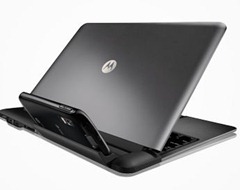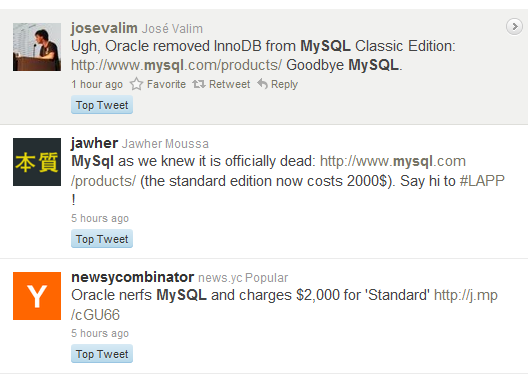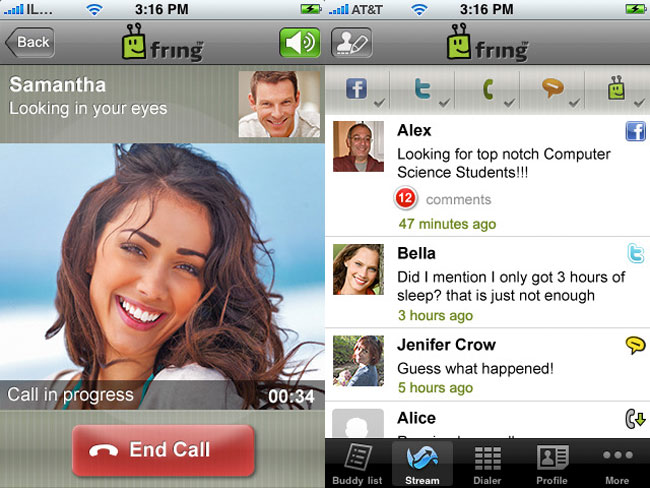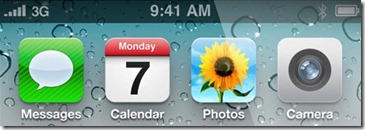Boomtown reports Kno, makers of the flip-open dual tablet designed for the education market is planning to sell off the hardware business, and focus on software only. Says Kara Swisher:
That’s because marketing a new and complex product like the Kno takes a lot of effort and cash, especially since it is an increasingly competitive market for mobile and portable computing products that includes Apple, Microsoft, Hewlett-Packard, Google, Amazon, Dell and many others.
Oh, really? I think not. It’s not about marketing.. it’s about recognizing the product was Dead On Arrival… a ridiculously impossible design. And no, I’m not just discovering it now, I declared in DOA when it was announced:
The Kno is Not a Tablet. It’s a Workout Device
At 5 and a half pounds it’s not exactly a lightweight tablet you would want to hold for hours…

(Cross-posted @ CloudAve » Zoli Erdos)
















Recent Comments